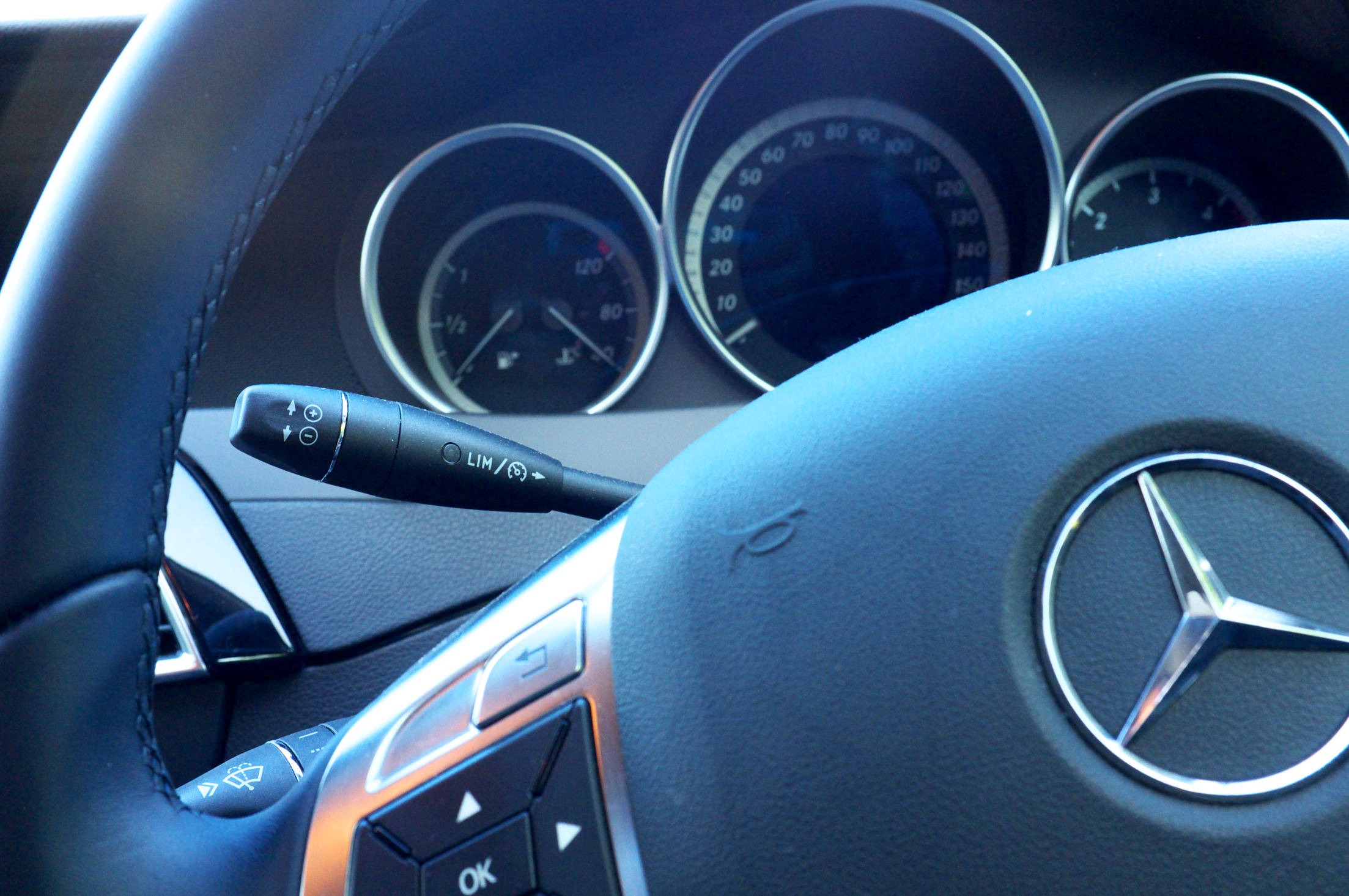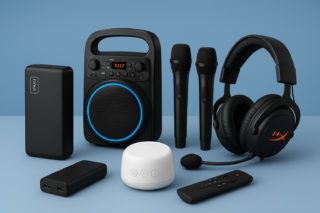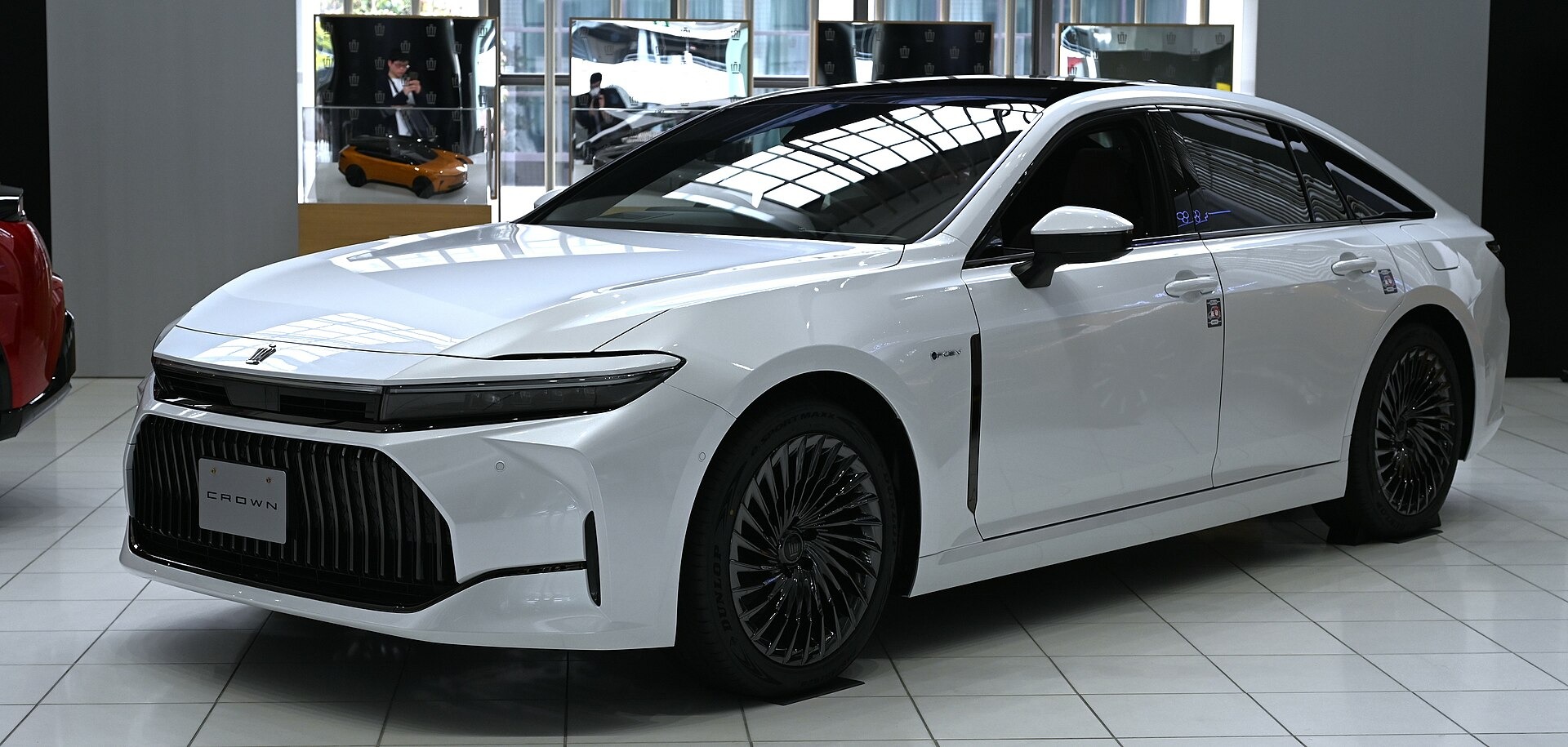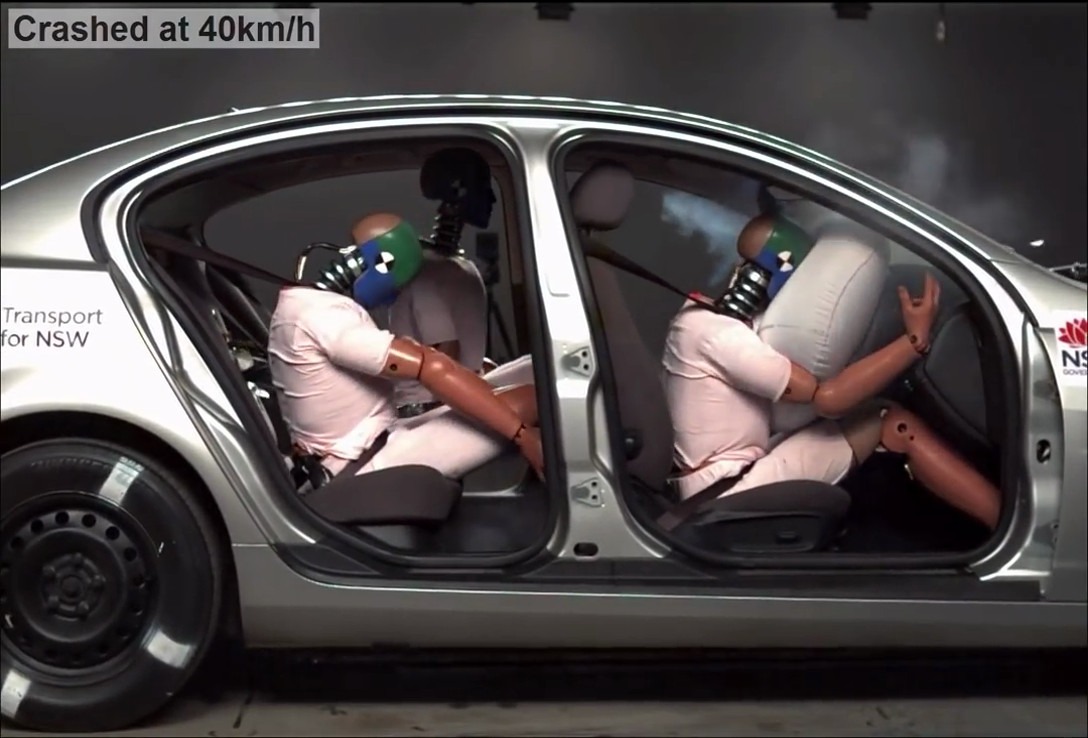Standard cruise control fights hills inefficiently, burning 5-10% more fuel than manual driving on rolling terrain. Your cruise control burns extra fuel on rolling highways, yet most drivers never realize this efficiency killer is costing them money at every hill. While that familiar steering wheel button delivers genuine savings of 7-14% on flat interstates according to Kia and AAA testing, it becomes a gas-guzzling liability the moment terrain starts undulating. The system’s rigid programming forces it to maintain your set speed at any cost—even when physics suggests otherwise.
Why Your Car Fights Gravity the Wrong Way
Cruise control applies maximum throttle to maintain speed uphill, then wastes the momentum gained on descents.
Standard cruise control operates like a stubborn teenager—it refuses to compromise on speed, regardless of circumstances. When approaching an incline, the system dumps extra throttle to maintain your 70 mph setting instead of allowing a natural 5-mph speed loss. Then, descending the other side, it either applies engine brakes or allows speed buildup, wasting the momentum that could carry you efficiently up the next hill. This digital inflexibility turns every rolling highway into a fuel-burning contest against gravity.
Adaptive Systems Aren’t the Solution You’d Expect
Even advanced cruise control with radar and cameras struggles to anticipate terrain changes effectively.
Adaptive cruise control promised smarter fuel management, but most systems remain surprisingly myopic about upcoming hills. While ACC handles traffic brilliantly—automatically slowing for the minivan ahead like a considerate driving partner—it still lacks the terrain anticipation that separates efficient human drivers from algorithmic ones. Premium models with limited hill-sensing capability exist, but they’re rare and often buried in expensive option packages.
Manual Control Beats Silicon Every Time
Experienced drivers using the “ease off, regain speed” technique consistently outperform automated systems on hilly roads.
Real-world testing reveals what automotive manufacturers acknowledge in their owner’s manuals: manual throttle control dominates cruise control on anything but pancake-flat highways. The winning technique involves:
- Easing off the accelerator before hill crests
- Allowing 5-10 mph speed loss during climbs
- Regaining momentum on descents using gravity instead of gasoline
This approach consistently delivers 5-10% better fuel economy than cruise control on rolling terrain, according to independent automotive testing from sources like EarthEasy and automotive community comparisons.
Switch off cruise control when your route includes hills—your wallet will notice the difference before your next fill-up.




























